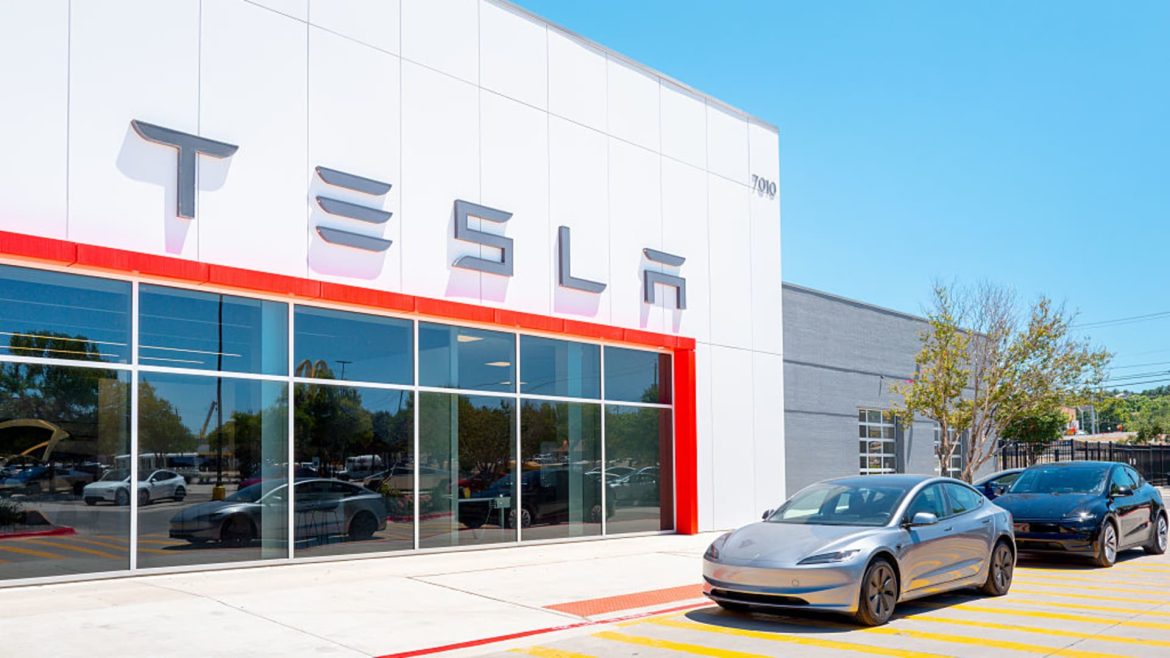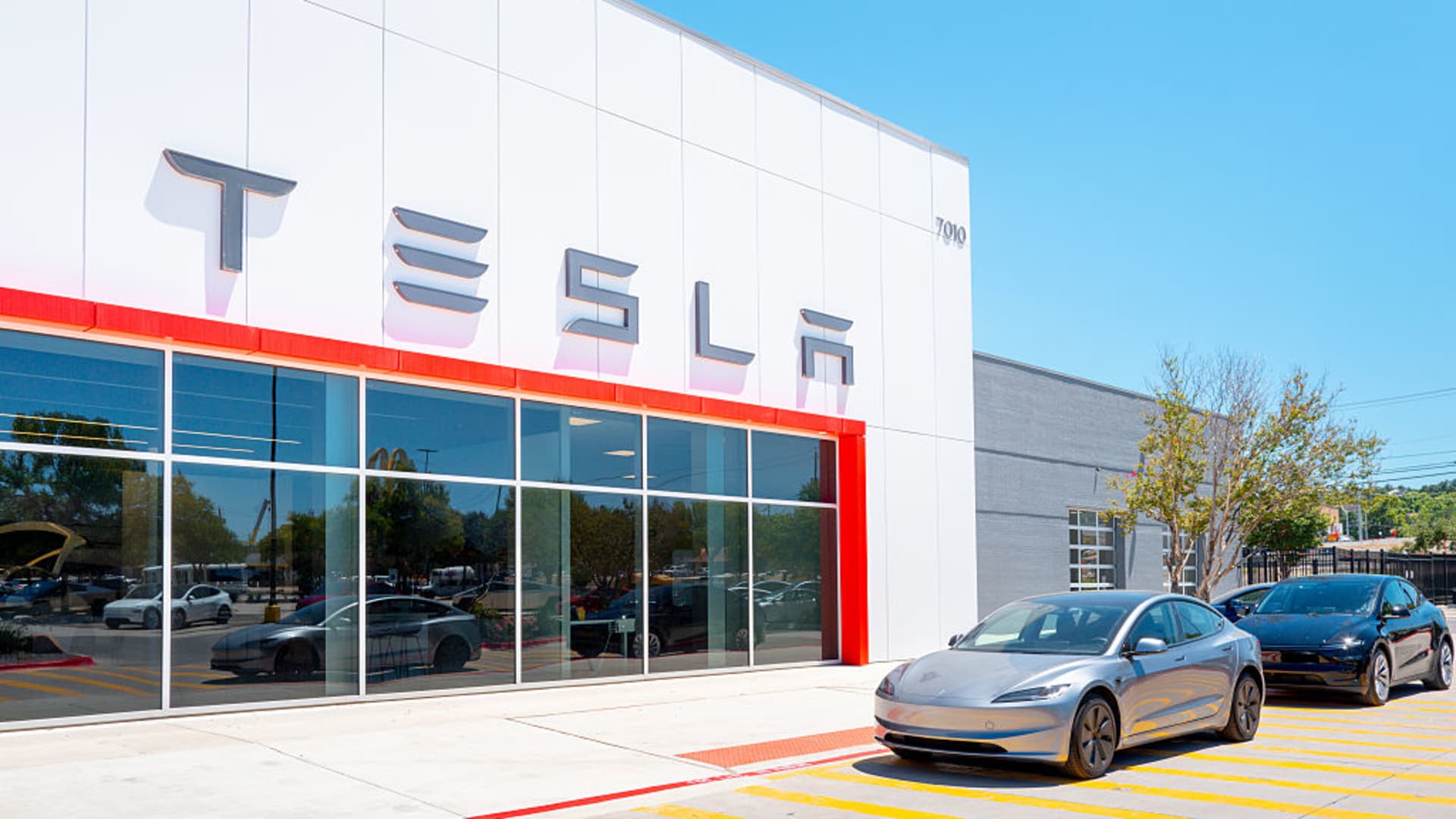The $329 Million Verdict: A Deep Dive into Tesla’s Autopilot Liability
Introduction: A Turning Point in Automotive Safety
The recent $329 million jury verdict against Tesla in a fatal Autopilot crash case has sent shockwaves through the automotive industry. This landmark decision is not just about the substantial financial penalty; it represents a critical juncture in the ongoing debate about the safety, accountability, and future of advanced driver-assistance systems (ADAS). The case underscores the complex interplay between technology, human behavior, and corporate responsibility, raising profound questions about the limits of automation and the ethical obligations of companies developing these systems.
The Case: A Tragic Incident in Key Largo
The legal battle centered around a tragic 2019 crash in Key Largo, Florida. While the specifics of the incident vary across reports, the fundamental narrative remains consistent: a Tesla vehicle operating in Autopilot mode was involved in a collision that resulted in a fatality and injuries. The jury’s decision to assign 33% of the blame to Tesla is significant. It acknowledges that while the driver ultimately bears responsibility for the vehicle’s operation, Tesla’s Autopilot system played a substantial role in the accident. This apportionment suggests that the jury believed the technology failed to meet expectations, potentially lulling the driver into a false sense of security.
The Verdict: Beyond Financial Repercussions
The $329 million award is composed of two primary components: compensatory and punitive damages. Compensatory damages aim to address the actual losses incurred by the victims and their families, including medical expenses, lost income, and emotional distress. Punitive damages, however, serve a different purpose—they are intended to penalize Tesla for what the jury perceived as negligent or reckless behavior and to deter similar conduct in the future. The fact that over $200 million of the awarded amount was allocated to punitive damages highlights the jury’s strong disapproval of Tesla’s actions or inactions.
This substantial punitive damage award implies that the jury found Tesla negligent in the development, marketing, or deployment of its Autopilot system. The verdict suggests that Tesla may have overstated the system’s capabilities, failed to adequately warn drivers about its limitations, or neglected to implement sufficient safety measures to ensure its reliable operation.
Autopilot Under the Microscope: Capabilities vs. Perceptions
Tesla’s Autopilot is a sophisticated ADAS designed to automate specific driving tasks, such as steering, accelerating, and braking, under certain conditions. Classified as Level 2 automation, Autopilot requires continuous driver supervision and intervention. Despite its name, Autopilot is not a fully autonomous driving system—a distinction that has been a source of contention in numerous incidents involving the technology.
The core issue in the Florida case, and in many other Autopilot-related accidents, revolves around the disparity between the system’s actual capabilities and its perceived capabilities. Tesla has faced criticism for using language that suggests a higher level of autonomy than Autopilot truly offers. This can lead drivers to overestimate the system’s abilities, resulting in complacency, reduced vigilance, and slower reaction times.
Moreover, Autopilot has demonstrated vulnerabilities in specific driving scenarios, such as complex intersections, unusual road markings, and adverse weather conditions. These limitations, combined with the potential for driver overreliance, create a dangerous combination that can lead to catastrophic outcomes.
The “Reasonable Driver” Standard: A Legal Benchmark
In cases involving ADAS technology, courts often apply the “reasonable driver” standard to determine liability. This standard assesses whether a reasonable driver, using the ADAS system as intended, would have been able to avoid the accident. In the Florida case, the jury seemingly concluded that a reasonable driver, even with Autopilot engaged, would not have been able to prevent the Key Largo crash. This suggests that the system’s deficiencies were a significant factor in the accident.
Implications for Tesla: A Multifaceted Challenge
The $329 million verdict presents several significant challenges for Tesla. Beyond the immediate financial impact, the ruling could pave the way for additional lawsuits from other victims of Autopilot-related crashes. This could escalate Tesla’s legal expenses and further damage its reputation.
The verdict may also invite increased regulatory scrutiny of Tesla’s ADAS technology. The National Highway Traffic Safety Administration (NHTSA) is already investigating Autopilot and other Tesla safety features. The Florida case could embolden regulators to adopt a more aggressive stance, potentially leading to recalls, software updates, or restrictions on the use of Autopilot.
From a public relations perspective, the verdict further tarnishes Tesla’s image as a leader in automotive safety. This could erode consumer confidence in the company’s products and negatively impact sales.
Industry-Wide Repercussions: A Wake-Up Call for Automakers
The implications of the Tesla verdict extend far beyond a single company. As ADAS technology becomes increasingly common in modern vehicles, the case serves as a stark reminder of the potential risks and liabilities associated with these systems.
Automakers across the industry will likely reassess their ADAS development, testing, and marketing practices. They may need to invest more in driver monitoring systems to ensure that drivers remain engaged and attentive while using ADAS features. They may also need to adopt more conservative language when describing the capabilities of their ADAS systems to avoid misleading consumers.
Furthermore, the verdict could spark a broader debate about the role of government regulation in overseeing the development and deployment of ADAS technology. Policymakers may need to consider stricter standards for ADAS performance, testing, and certification to ensure that these systems are safe and reliable.
The Road Ahead: Charting the Future of Autonomous Driving
The Florida verdict marks a pivotal moment in the evolution of autonomous driving technology. It emphasizes the importance of balancing innovation with safety. As automakers continue to develop and deploy increasingly sophisticated ADAS systems, they must prioritize transparency, accountability, and driver education.
The path forward requires a comprehensive approach:
- Enhanced Driver Monitoring: Implementing robust driver monitoring systems that can detect driver inattentiveness or impairment is crucial.
- Clear Communication: Automakers must communicate the limitations of ADAS technology clearly and honestly to consumers.
- Rigorous Testing: Extensive testing and validation are essential to ensure that ADAS systems perform reliably in a wide range of driving scenarios.
- Government Oversight: Strong government regulation is needed to establish safety standards and hold automakers accountable.
A Call for Responsibility: The Human Factor in Automation
The Tesla verdict serves as a potent reminder that advanced technology does not absolve us of responsibility. Whether we are engineers designing autonomous systems, marketers promoting them, or drivers using them, we must all exercise caution, diligence, and sound judgment. The future of driving depends on it. As we navigate the complexities of automation, we must remain steadfast in our commitment to safety, transparency, and ethical innovation. The road ahead is fraught with challenges, but with a collective effort, we can ensure that the promise of autonomous driving is realized responsibly and safely.





